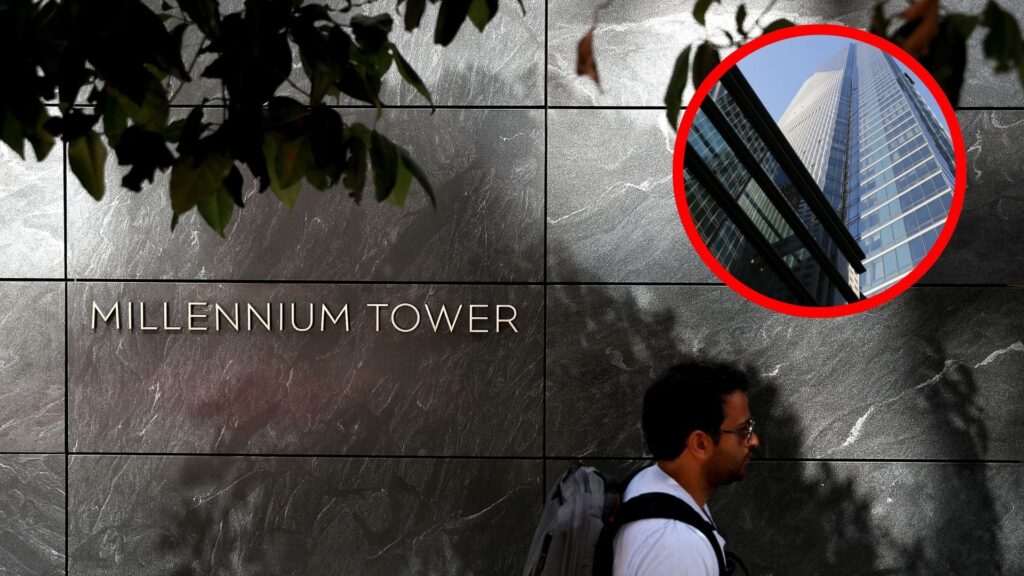Homeowners associations are intended to keep their communities maintained to a high standard, but enormous fines can cause the occupants to feel like they’re sinking.
That appears to be the case for San Francisco residents of the Millennium Tower, who face $10,000 fines for each violation of new regulations targeting window usage.
Making Headlines
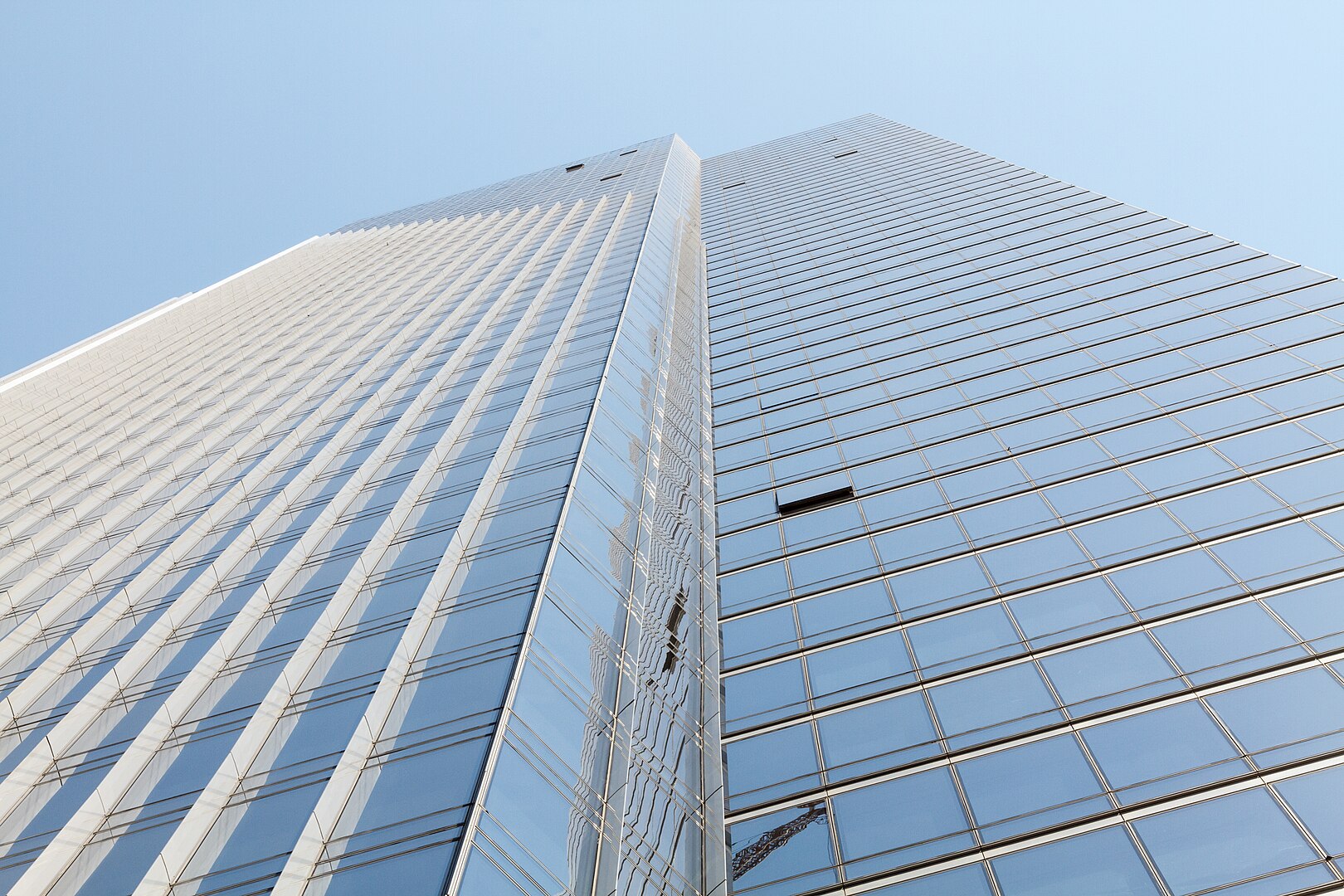
The tower had made headlines in the past for its engineering issues and resulting underlying structural problems like leaning and sinking back in 2020.
The tower’s windows are likewise not exactly durable. In one episode, a window came free from the 49th floor, ramming against the structure and sending debris into adjoining structures.
Preventing Further Damage
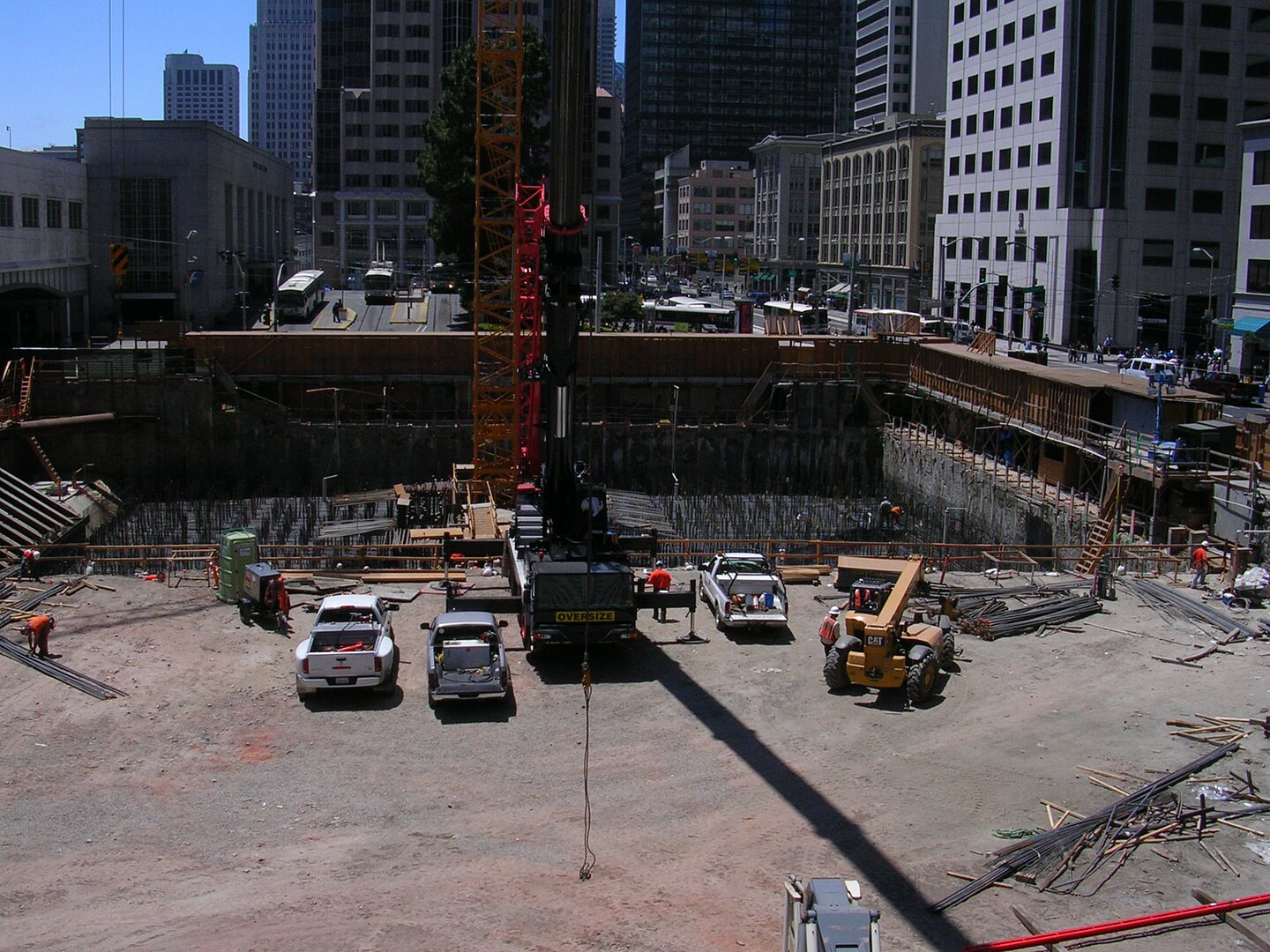
Despite the fact that no one was harmed, local officials ordered the tower owners to introduce more sturdy support arms for the windows. Finally, the work is being completed after four years.
In the meantime, the homeowners association of the tower is using fines to try to prevent further damage.
HOA Remit
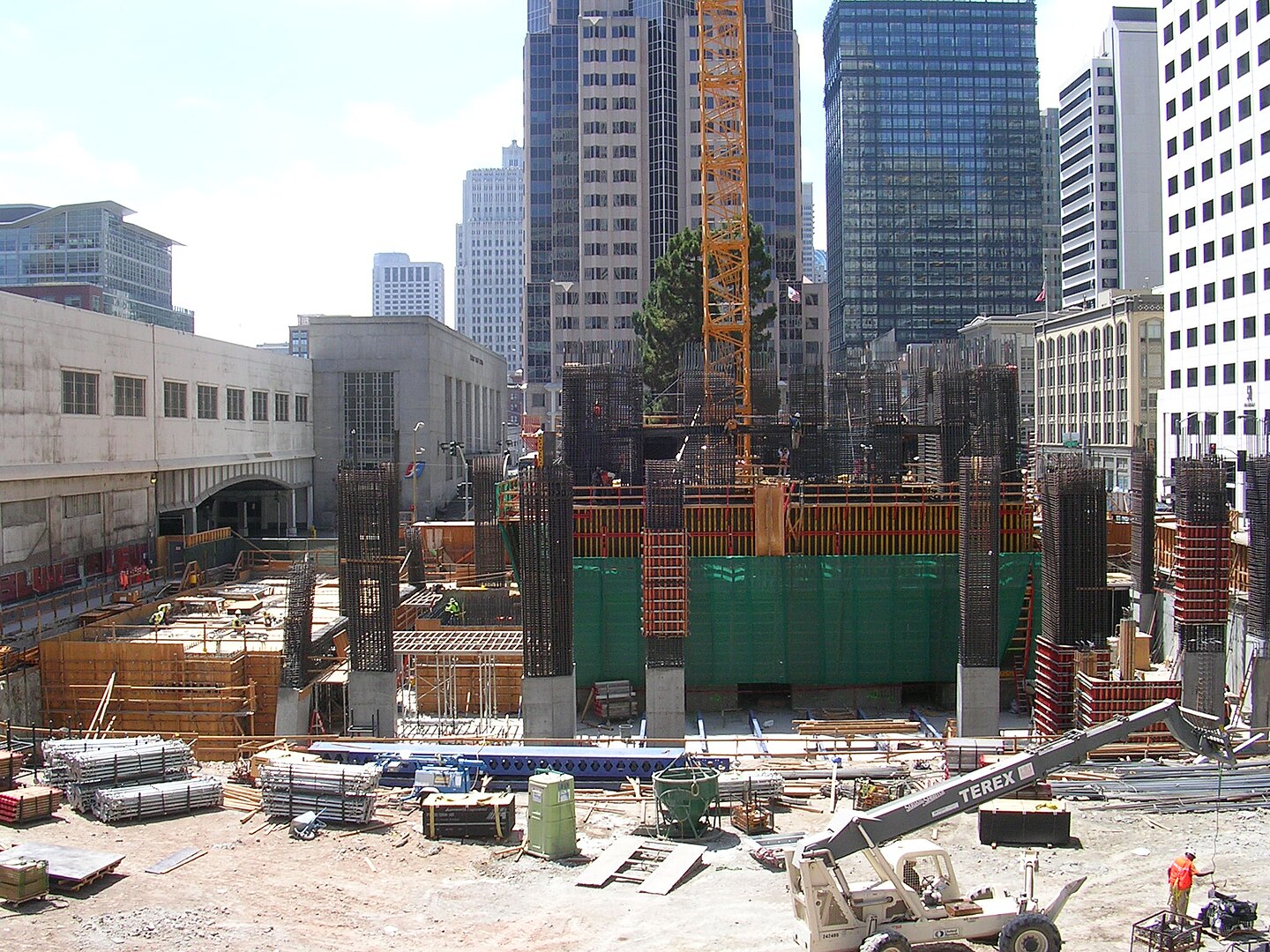
Until every one of the windows is supported, the HOA is fining occupants up to $10,000 for leaving their windows open when they are not home or during wind events, notwithstanding any harm the windows cause.
The job of a homeowners’ association is to oversee the local area and guarantee the increase in property values through rules and guidelines.
HOA Requirements

Communities can take many different forms, from planned housing developments to condominiums to apartment ownership in a tower in the case of San Francisco.
As a requirement for homeownership, membership in the HOA, which requires either monthly or annual fees, is frequently enforced. To make new rules or uphold current principles, the HOA’s board has to meet and come to an agreement with the help of its members, who elect the directors.
Justification of Fees
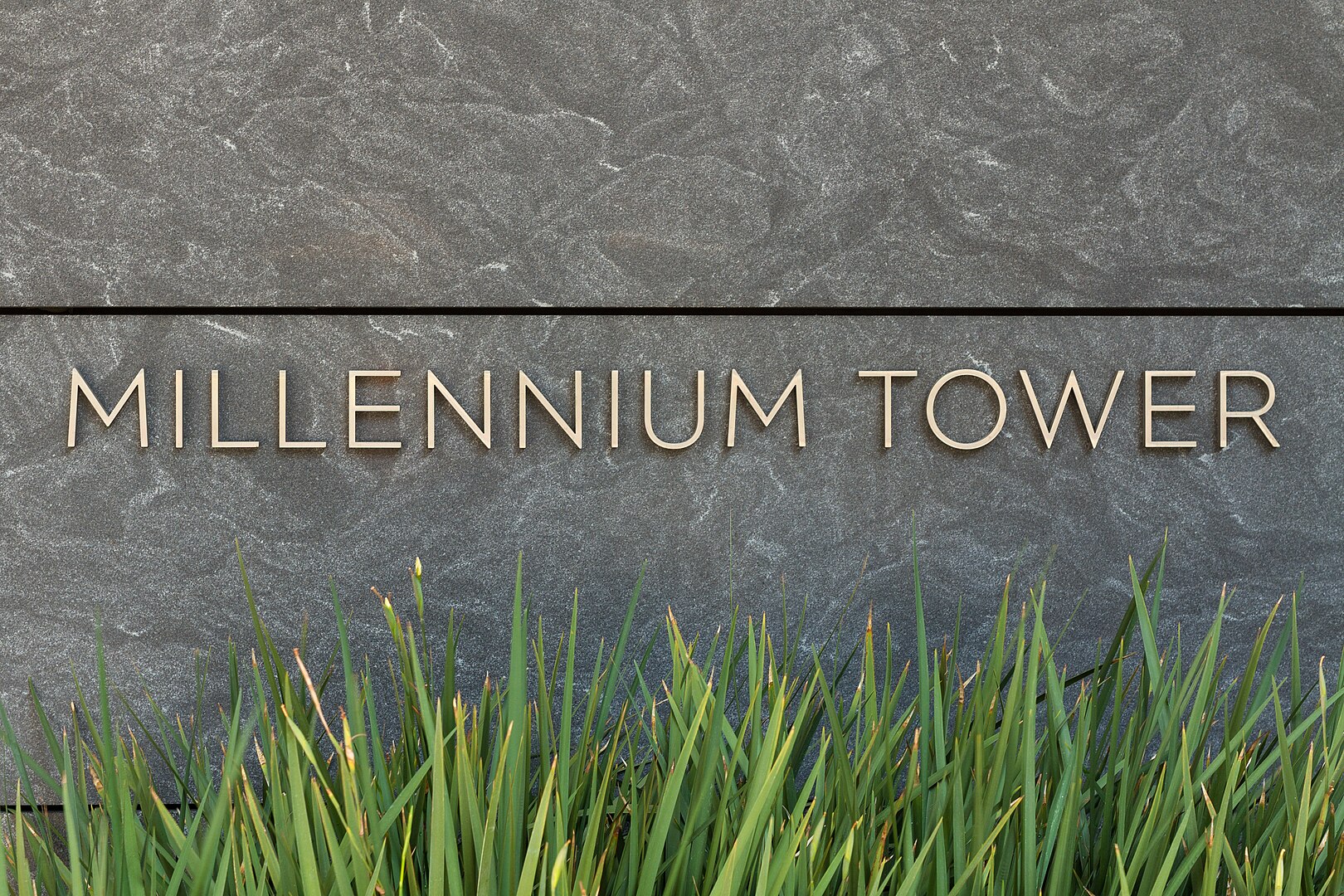
In accordance with their bylaws, the HOA still has the authority to raise the fine for window violations at Millennium Towers to $10,000 per event.
NBC Bay Area was informed by a property lawyer who specializes in condo association law that the high fines may be justified by safety concerns.
Are the Charges Fair?
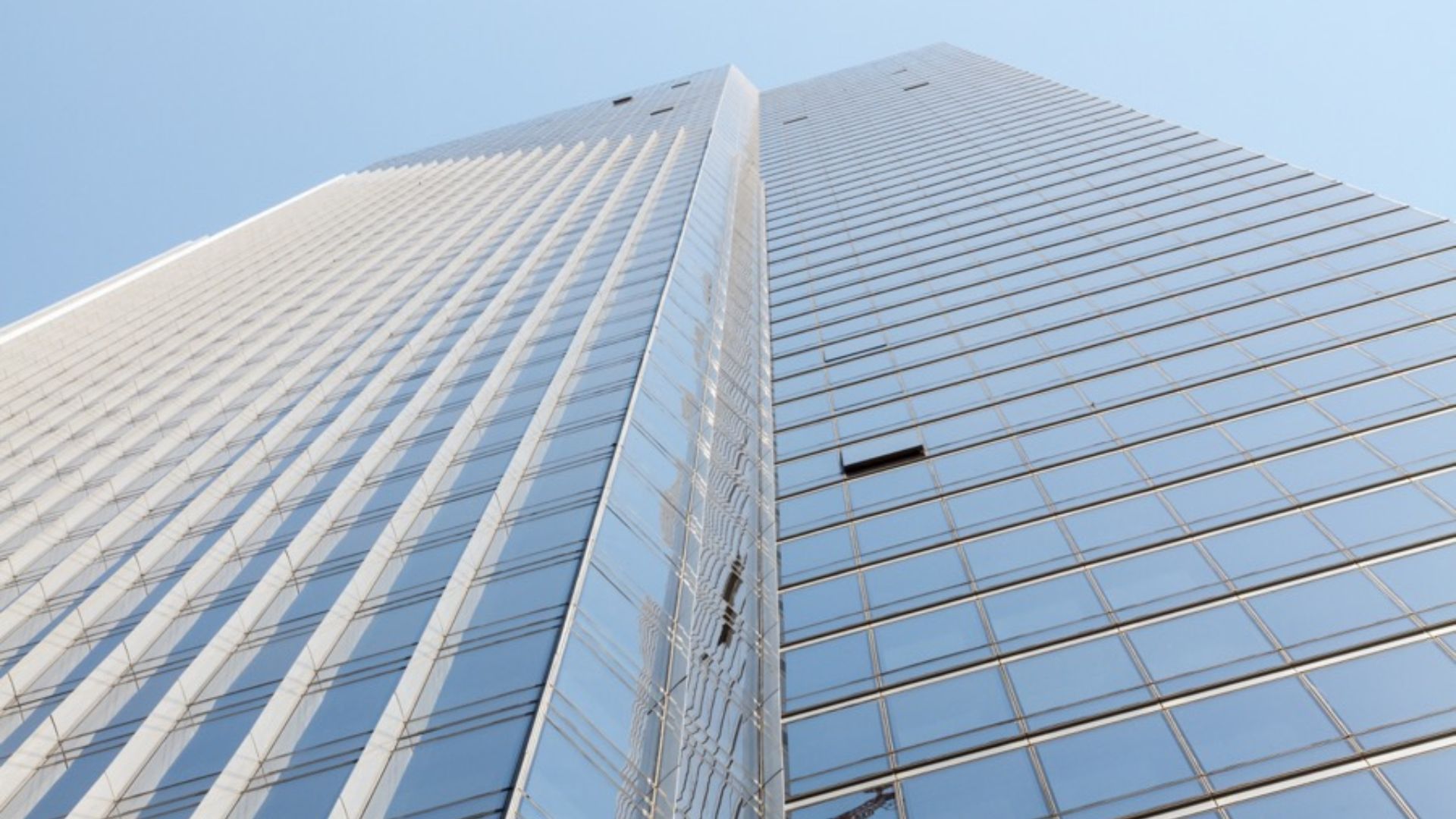
While it makes sense to fine residents for keeping their windows open during weather events, are these charges fair?
Due to the sinking of the Millennium Tower over the years, window damage may be out of residents’ control altogether.
The Sinking Can Cause Window Damage

Since the tower sank 18 inches and leaned 14 inches in 2018, tenants reported “creaking” and “popping” sounds.
A resident on the 36th floor said they subsequently found a crack in their window. Residents face exorbitant fines from the HOA while the structure of the building can cause similar damage.
Not What the Residents Paid For
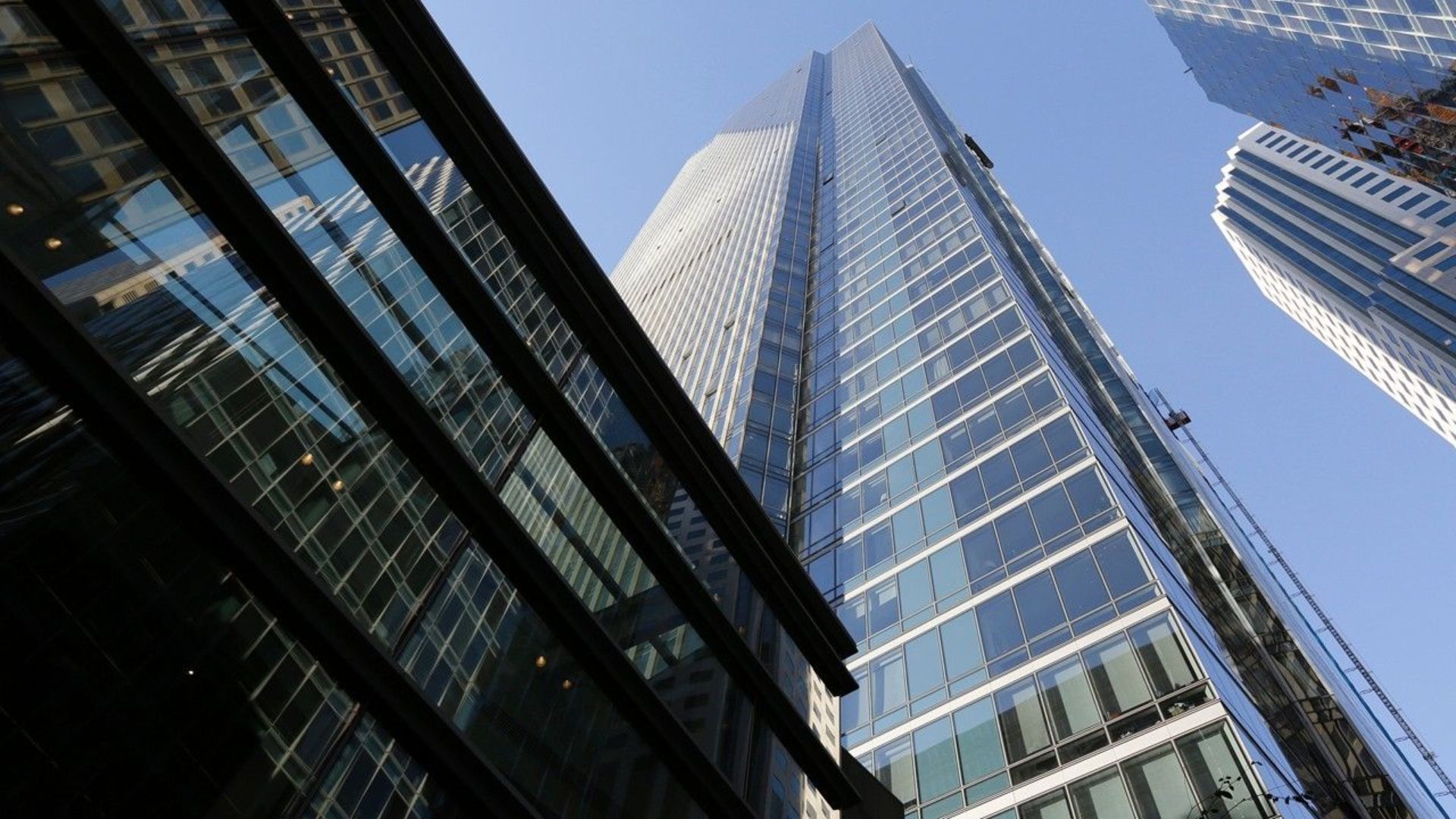
The windows on the tower are supposed to withstand hurricanes and other major wind events.
There is a sense of unfairness in receiving fines of up to $10,000 if residents open their windows, yet the windows can break due to the building’s own structure.
Further Damages

Millennium Tower’s problems only seem to be getting worse as further damage has been reported.
Earlier this month, a pane of glass that was being installed fell from the top of the 30-story Salesforce East building, damaging Millennium Tower.
Damaged from Another Building
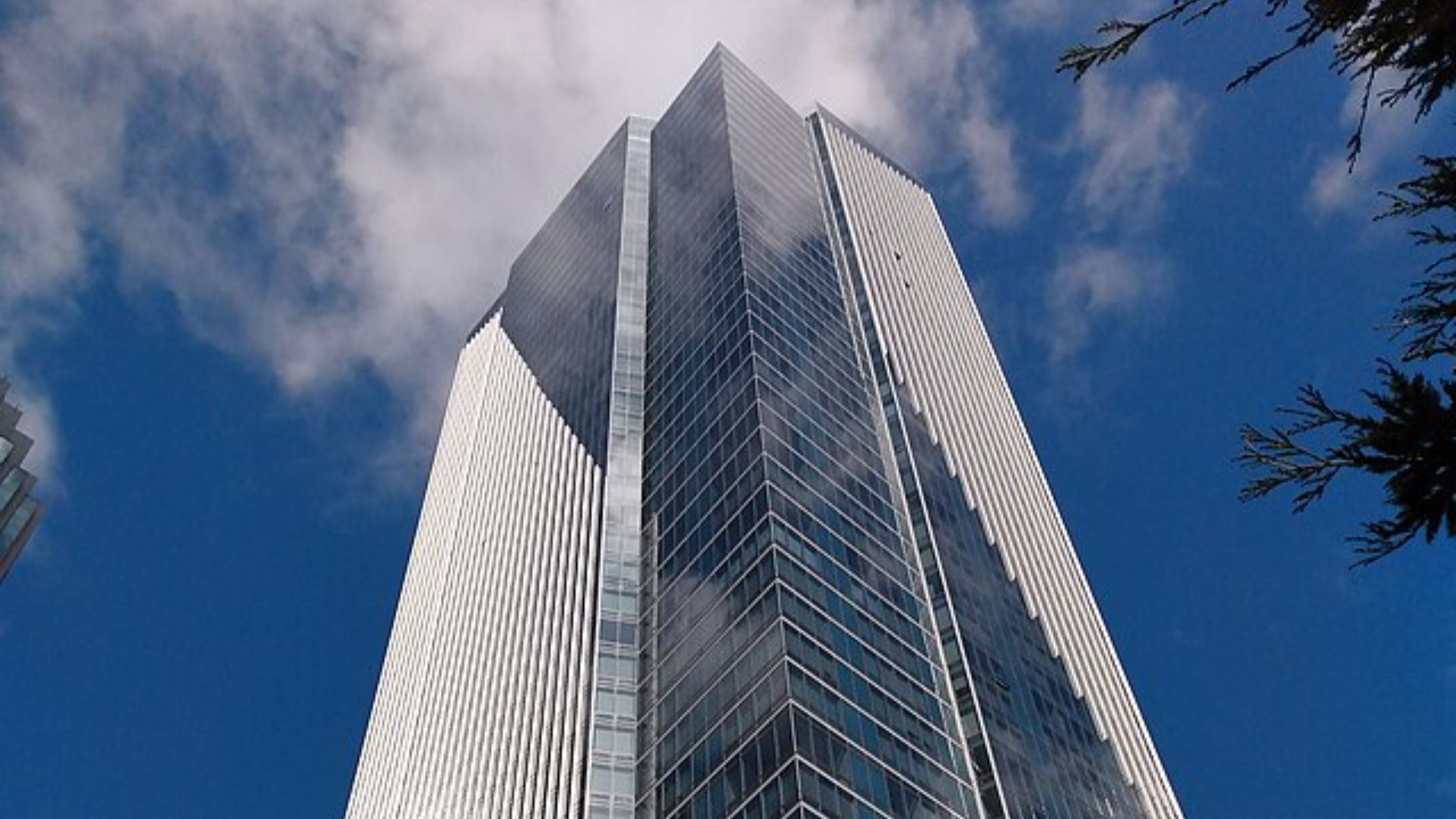
The pane of glass that fell from Salesforce East shattered in the streets, launching shards across the road.
Shards of glass flew into the windows of the Millennium Tower. Luckily, authorities reported no injuries.
Prices Plummet Despite Concerns

A condominium in Millennium Tower was recently listed for $649,000, a 41% drop from its price of $1.1 million a decade ago.
A two-bedroom unit in the tower that sold for $1.5 million in 2015 is currently on the market for $800,000, a 47% drop.
Why So Cheap?

The plummet in prices may show that the tower is finally ready for success after multiple reports about structural defects.
Estate agent James Testa insists that the price drop has nothing to do with the building’s notoriety and that these apartments will not be so cheap forever.
Repairs Underway

The newfound interest in Millennium Tower’s prices could have to do with construction work fixing the skyscraper’s structural problems.
By January 2023, some of the tilt in the tower had finally been fixed after years of work.
Dire Defects with the Building

Despite the repairs that have taken place over the years, the tower is sinking once again.
The 58-story skyscraper is sinking even further on its vertical axis. Building scientists are concerned this sinking could cause major damage to the complex.
Breaking from Its Foundations

HOA fines for opening windows feel futile in the face of crumbling foundations.
The building is sinking from underneath the center of its foundation mat. The building is now sinking at a rate of one-tenth of an inch per year.
A Dish Served Cold

Millennium Tower’s sinking is a phenomenon called ‘dishing.’
A local geothermal engineer monitoring the problem said this issue could lead to a cycle of corrosion that would compromise the concrete foundation’s steel supports.
Residents Footing the Bill

As if $10,000 fines for using their own windows were not frustrating enough, residents might be paying for the repairs to the tower’s foundation.
Tenants are being asked to cough up $6.8 million between them to foot the bill for additional work that has already run $20 million over budget.
“Properly Protected”

“It is incumbent upon the board to make sure that the residents and the structure itself are properly protected,” attorney Sandra Gottlieb said.
Despite the fact that there are no federal laws that regulate homeowners associations, a few states do have rules characterizing what a HOA may or may not be able to do.
Varies by State

These statutes that govern what a HOA can do vary by state. In New Jersey and North Carolina, a debate between an association and their property holders is viewed as a private and civil matter with no public recourse.
In Arizona and Maryland, there are state regulations on the books that mortgage holders can go to for help.
Disputes with an HOA

To dispute a decision or ruling against your property issued by an HOA, the initial step is to survey the legal reports that govern your local area.
Each HOA is expected to have bylaws, a Declaration of Covenants, Conditions, and Restrictions, rules and guidelines, some combination of these, or possibly all three.
Obligations as a Homeowner
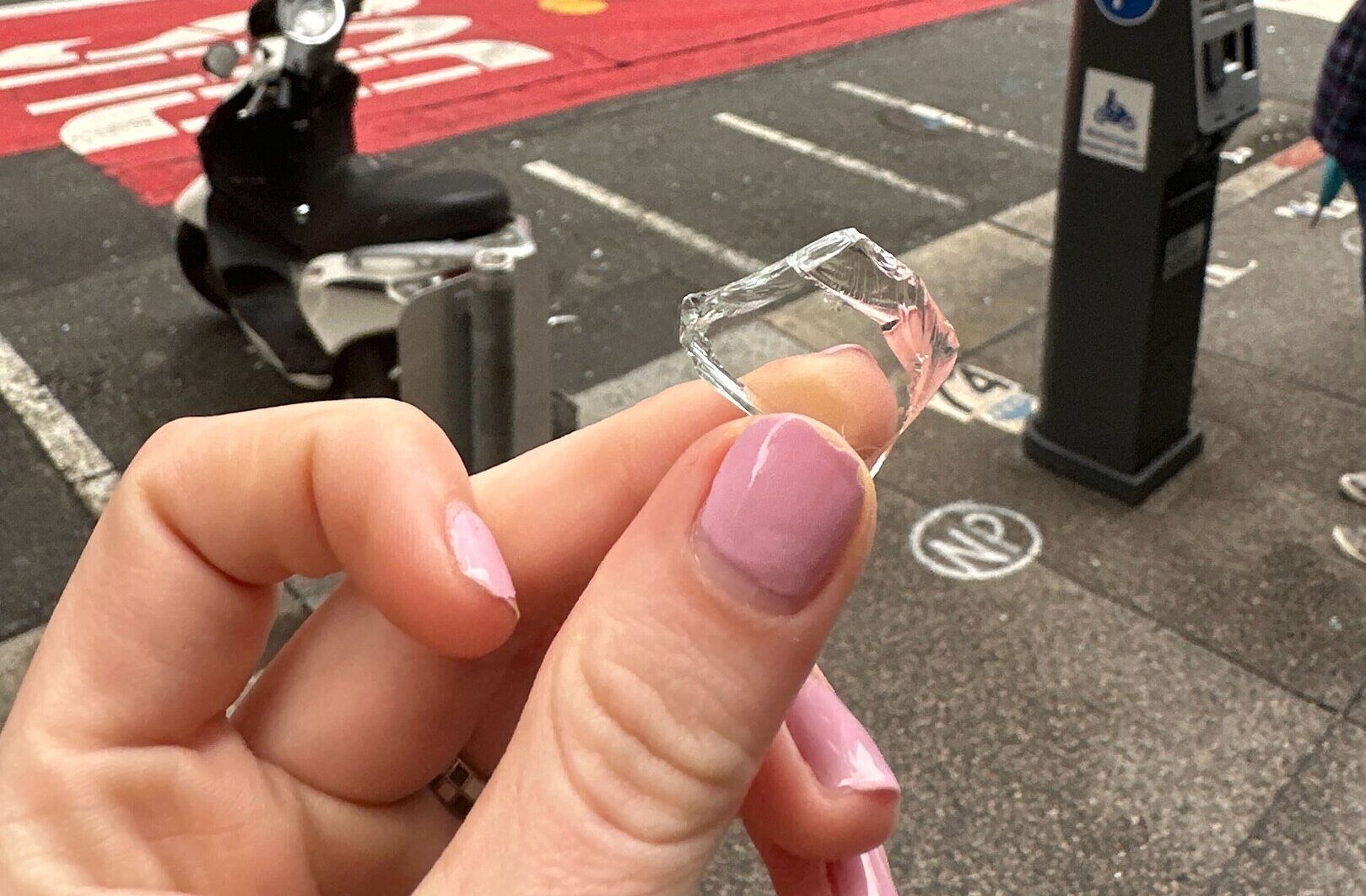
These bylaws outline what your obligations are as a property holder, and what the HOA can do if you are not meeting the expectations they set out.
Next, a meeting should be requested with the leadership of the HOA to look over the violations and see if there is a way to work together on a solution.
Community Associations Institute

The Community Associations Institute advocates for programs that help homeowners and associations reach “a satisfactory and timely resolution” and avoid legal action.
In the event that a resolution can’t be agreed upon, the last step is either to take action through a state body overseeing HOAs (assuming your state has one) or make a legal move.
Costly and Timely

The difficulty of choosing one of the options where a resolution cannot be agreed upon is that it can take a long time to resolve.
This results in additional costs for homeowners in the form of attorney fees, daily penalties for noncompliance, or both.
As residents of the Millennium Tower face potential HOA fees in a building that has been plagued by structural issues there may be further discontent if conditions do not improve.
